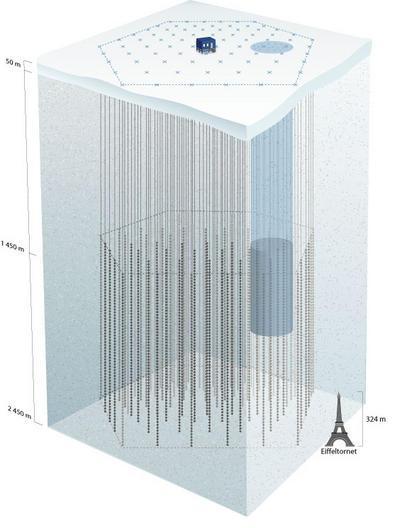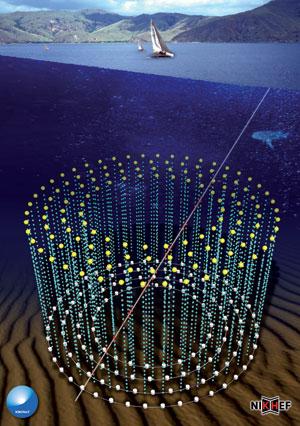|
|
 |
HOME
>> Purpose
| Purpose: |
|
For
the purpose of radiography, recent developments in neutrino detectors
make it possible to detect theneutrino particles with high statistics
and therefore in great detail. Because of their relevance for a variety
of related fields of research, neutrino physics will be a major focus
in geophysical research. It is likely that several crucial questions
concerning geodynamics and related fields such as volcanology and
tectonics will be answered. The successful operation of such detectors,
therefore, may very well represent the birth of a new technique for the
study of fundamental issues in these fields.
|
| Early
studies of the possibility of doing neutrino tomography date back more
than 25 years. These proposed studying the passage of cosmic beams of
high energy (HE) neutrinos through the Earth to diagnose its
density. |
The
information, while more precise than what we can realistically expect
from neutrino radiography in the near future, cannot reduce ambiguities
in our present model of the CMB associated with the fact that arrays of
seismometers only provide regional information, and that
free-oscillation data only reveal one dimensional structure. The trade
off among density, temperature, and chemical structure for bodywave
studies increases the uncertainty of the value for the density.
|
A
measurement of the absorption of neutrinos with energies in excess of
10 TeV when traversing the Earth is capable of revealing its density
distribution. Unfortunately, the existence of beams with sufficient
luminosity for the task has been ruled out by the AMANDA South Pole
neutrino telescope. In this Letter
we point out that, with the
advent of second-generation kilometer-scale neutrino detectors, the
idea of studying the internal structure of Earth may be revived using
atmospheric neutrinos instead. |
| |
|
|
|
IceCube

|
|
KM3NET

|
|